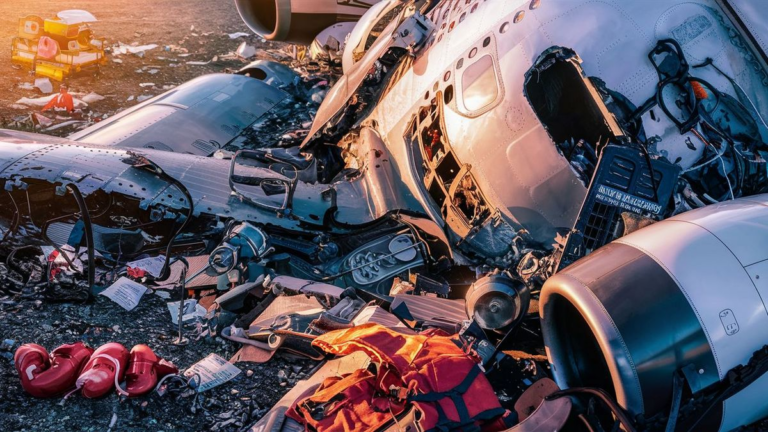When contemplating air travel, one common concern that often arises is the likelihood of being involved in a plane crash. Understanding the odds of such an event occurring is crucial for individuals to make informed decisions regarding their travel plans.
Factors Influencing the Odds
Several factors influence the odds of dying in a plane crash. These include the frequency of air travel, the safety measures implemented by airlines, the experience and training of pilots, weather conditions, and the age and maintenance of aircraft.
Air Travel Frequency
The more frequently an individual travels by air, the higher their cumulative exposure to potential risks. However, it’s essential to note that advancements in aviation technology and safety protocols have significantly reduced the likelihood of accidents over the years.
Safety Measures
Modern aircraft are equipped with advanced safety features and undergo rigorous maintenance checks to ensure optimal performance and passenger safety. Additionally, airlines adhere to strict safety regulations imposed by aviation authorities to minimize the risk of accidents.
Pilot Experience and Training
The experience and training of pilots play a crucial role in aviation safety. Pilots undergo extensive training and recurrent assessments to maintain their skills and competency in handling various flight scenarios, further reducing the likelihood of accidents.
Weather Conditions
Weather conditions can pose challenges to flight operations, but airlines and pilots are equipped with sophisticated technology to monitor and navigate through adverse weather safely. Flight crews receive training to mitigate the effects of inclement weather on flight operations.
Aircraft Age and Maintenance
The age and maintenance of aircraft are significant factors in aviation safety. Regular maintenance checks and upgrades are conducted to ensure that aircraft remain in optimal condition. Newer aircraft models often feature enhanced safety features and technology, further reducing the risk of accidents.
Understanding Statistical Data
Statistical data provides valuable insights into the likelihood of dying in a plane crash. However, it’s essential to interpret these statistics accurately and consider various factors that may affect the results.
Global Accident Rates
According to the International Air Transport Association (IATA), the global accident rate for commercial airlines is exceptionally low, with one accident per every 5.58 million flights as of 2023.
Comparative Risk Analysis
When compared to other modes of transportation, such as driving or cycling, air travel is statistically safer. The likelihood of dying in a plane crash is significantly lower than the risk of being involved in a car accident, for example.
Continuous Improvement
The aviation industry is continually striving to improve safety standards and practices through technological advancements, enhanced training programs, and regulatory measures. As a result, the odds of dying in a plane crash continue to decrease over time.
While the prospect of being involved in a plane crash may evoke fear or apprehension, it’s essential to approach the topic with rationality and perspective. The odds of dying in a plane crash are exceedingly low, thanks to the stringent safety measures and advancements in aviation technology. By understanding the factors influencing aviation safety and interpreting statistical data accurately, individuals can make informed decisions about air travel.
Frequently Asked Questions
- Are there any measures passengers can take to increase their safety during air travel?
- How do aviation authorities ensure that airlines adhere to safety regulations?
- What role do technological advancements play in improving aviation safety?
- Is there any correlation between the age of an aircraft and the likelihood of accidents?
Passenger Safety Measures
While passengers may not have direct control over flight operations, there are certain measures they can take to enhance their safety during air travel. These include following crew instructions, fastening seat belts during turbulence, and familiarizing themselves with emergency procedures.
Regulatory Oversight
Aviation authorities, such as the Federal Aviation Administration (FAA) in the United States and the European Aviation Safety Agency (EASA) in Europe, enforce strict safety regulations that airlines must comply with. Regular audits and inspections are conducted to ensure that airlines meet these standards.
Role of Technology
Technological advancements have revolutionized aviation safety by introducing features such as collision avoidance systems, weather radar, and automated flight controls. These technologies enhance situational awareness and assist pilots in safely navigating through various scenarios.
Aircraft Age and Safety
While newer aircraft often incorporate the latest safety features and technology, the age of an aircraft alone does not necessarily determine its safety. Rigorous maintenance schedules and inspections are critical factors in ensuring the airworthiness of both new and older aircraft.
See also:






